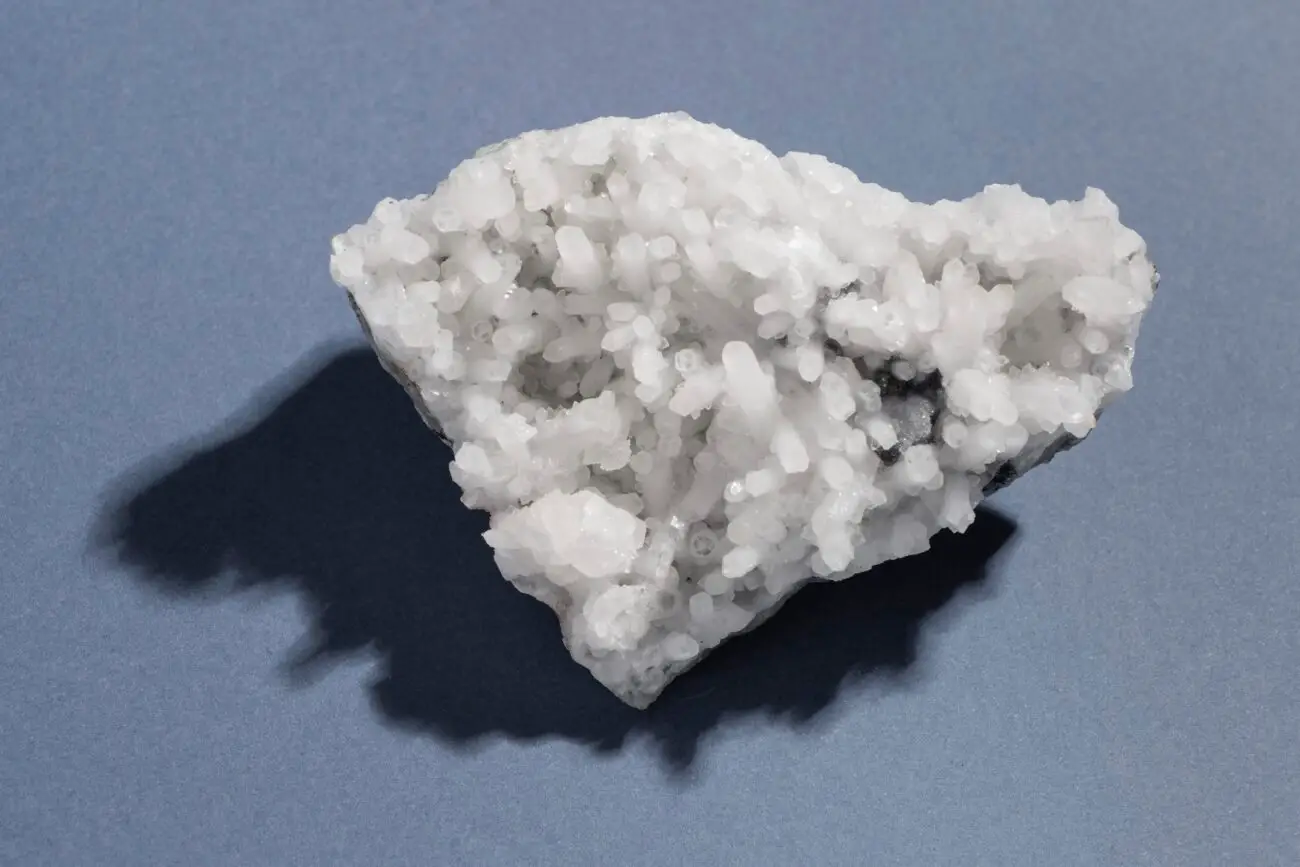Concrete is the most widely used construction material globally. It typically consists of Ordinary Portland
Cement (OPC), aggregate, and water. The production of OPC accounts for approximately 7% of global energy consumption and releases around 1.35 billion tons of greenhouse gases annually. To reduce the dependence on OPC, researchers have begun exploring alternative binder materials.
Geopolymer Composite (GPC) has emerged as a promising substitute for OPC, as it is produced by recycling waste materials like waste glass powder, fly ash, sugarcane bagasse ash, ground granulated blast furnace slag (GGBS), silica fume, and rice husk ash. These materials are generated due to increasing human activity and industrial growth. GPC has been the subject of extensive research and development internationally, and it has the potential to become a leading green construction material. Moreover, GPC could significantly contribute to the long-term sustainability of both cement-based construction technology and the construction industry as a whole.
The increasing popularity of machine learning in civil engineering applications has led to various studies
employing techniques such as decision trees, bagging regression, AdaBoost, artificial neural networks, and gene expression programming. These studies have demonstrated a significant enhancement in the accuracy of material property estimations. A notable research initiative conducted by Qichen Wang et al., at the University of Iowa, USA, focused on predicting the compressive strength of geopolymer composites using Random Forest, Decision Trees, and AdaBoost techniques. This study utilized a dataset comprising 363 samples with nine input variables, including water/solids ratio, NaOH molarity, gravel sizes (4/10 mm and 10/20 mm), NaOH, Na2SiO3, fly ash, GGBS, and fine aggregate, with compressive strength as the output variable. The dataset was meticulously divided into 75% for training and 25% for testing to ensure robust evaluation.
The evaluation and comparison of the models were conducted using the r-squared value as a primary metric. The analysis revealed that the Decision Tree (DT) model achieved an r-squared value of 0.83, while both the AdaBoost and Random Forest (RF) models attained a value of 0.90. To ensure the validity of these models, comprehensive statistical analyses was performed , including k-fold cross-validation and various error assessments, such as root-mean-square error (RMSE), mean absolute percentage error (MAPE), and mean absolute error (MAE). Furthermore, sensitivity analysis was utilized to assess the impact of each input parameter on the outcome estimations.
The DT model demonstrated MAE values ranging from 7.02 to 19.78 MPa, with an average of 11.08 MPa. In contrast, the AdaBoost model exhibited MAE values between 5.20 and 14.68 MPa, with an average of 8.68 MPa. The RF model’s MAE values ranged from 5.33 to 18.47 MPa, averaging 8.97 MPa. Regarding average MAPE values, the DT, AdaBoost, and RF models recorded 17.04%, 13.16%, and 13.47%, respectively. The average RMSE values were calculated as 15.89 MPa for the DT model, 11.18 MPa for AdaBoost, and 11.94 MPa for RF.
The findings of the study demonstrate that the AdaBoost and Random Forest models display lower error
rates and higher R-squared values, underscoring their enhanced accuracy in predicting the compressive strength (CS) of Geopolymer Concrete (GPC) compared to the Decision Tree model. Additionally, the authors conducted a sensitivity analysis to evaluate the impact of various input parameters on the compressive strength of Geopolymer Composites. The results indicate that fly ash is the most influential feature, accounting for 26.37%, followed by Ground Granulated Blast-Furnace Slag (GGBS) at 14.74%, NaOH molarity at 13.12%, NaOH itself at 11.60%, the water/solids ratio at 9.52%, fine aggregate at 7.53%, 4/10 mm gravel at 6.48%, 10/20 mm gravel at 5.84%, and sodium silicate (Na2SiO3) at
4.80%.
The study compared experimental and predicted results for 91 mixes of Geopolymer Concrete (GPC) using three models: a Decision Tree (DT), an AdaBoost, and a Random Forest (RF).
– For the DT model, the deviation from experimental results ranged from 0.00 to 36.59 MPa, with an average deviation of 7.02 MPa.
– AdaBoost exhibited a deviation range of 0.00 to 20.40 MPa, with an average of 5.20 MPa, showing higher precision than the DT model.
– The RF model’s results were similar to AdaBoost, with deviations ranging from 0.06 to 23.45 MPa and an average of 5.33 MPa.
In total, about 81.3% of mixes for both AdaBoost and RF had deviations of less than 10 MPa, indicating their higher accuracy compared to the DT model. The study recommends using the AdaBoost and RF models for predicting the compressive strength (CS) of GPCs.
This research will significantly benefit the construction sector by facilitating the development of efficient
and economical methods for predicting material strength. Moreover, by encouraging sustainable construction practices through these strategies, we can enhance the acceptance and application of Green Concrete (GPC) within the industry.
Reference
Wang, Q., Ahmad, W., Ahmad, A., Aslam, F., Mohamed, A., & Vatin, N. I. (2022). Application of Soft Computing Techniques to Predict the Strength of Geopolymer Composites. Polymers, 14(6), 1074. https://doi.org/10.3390/polym14061074


